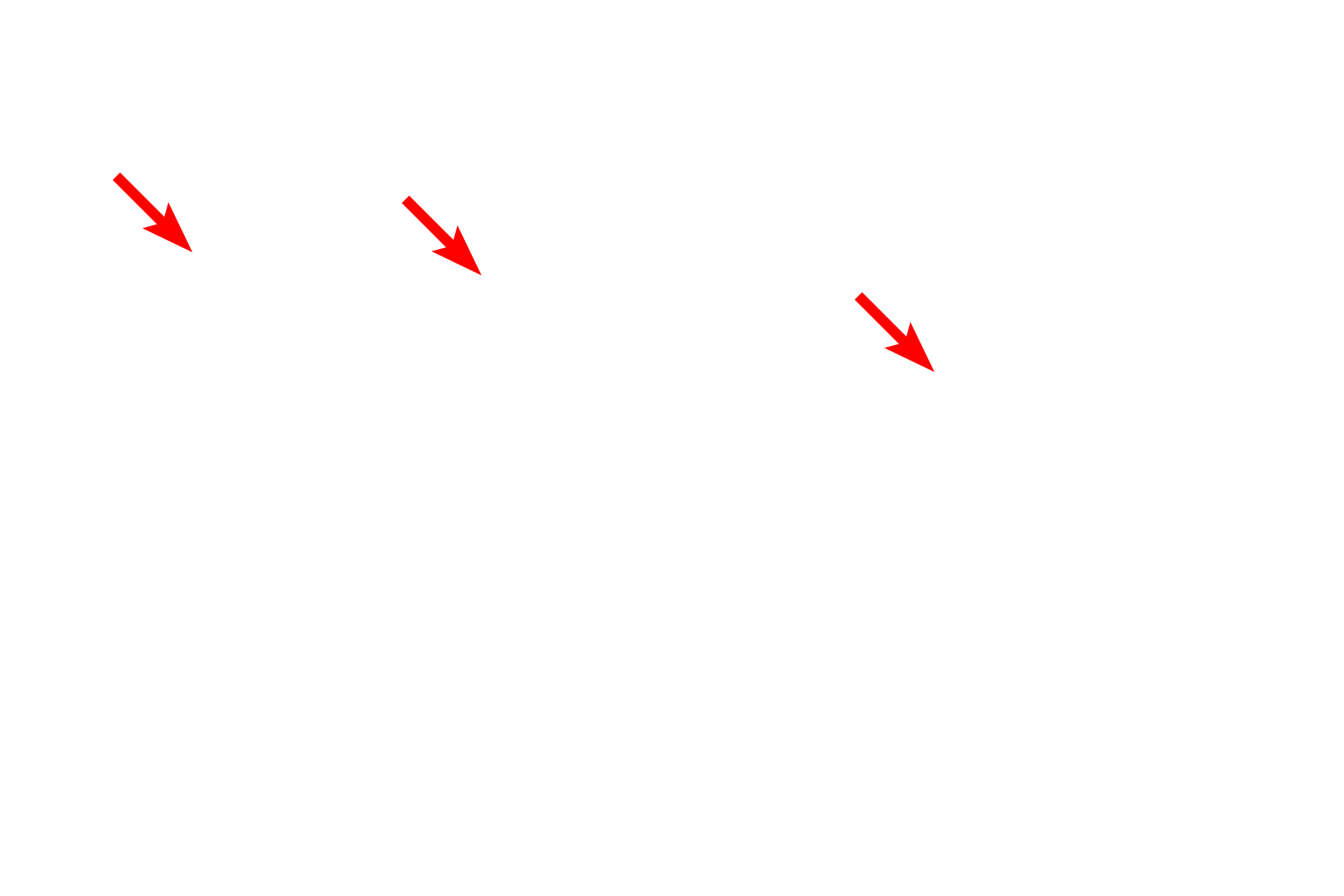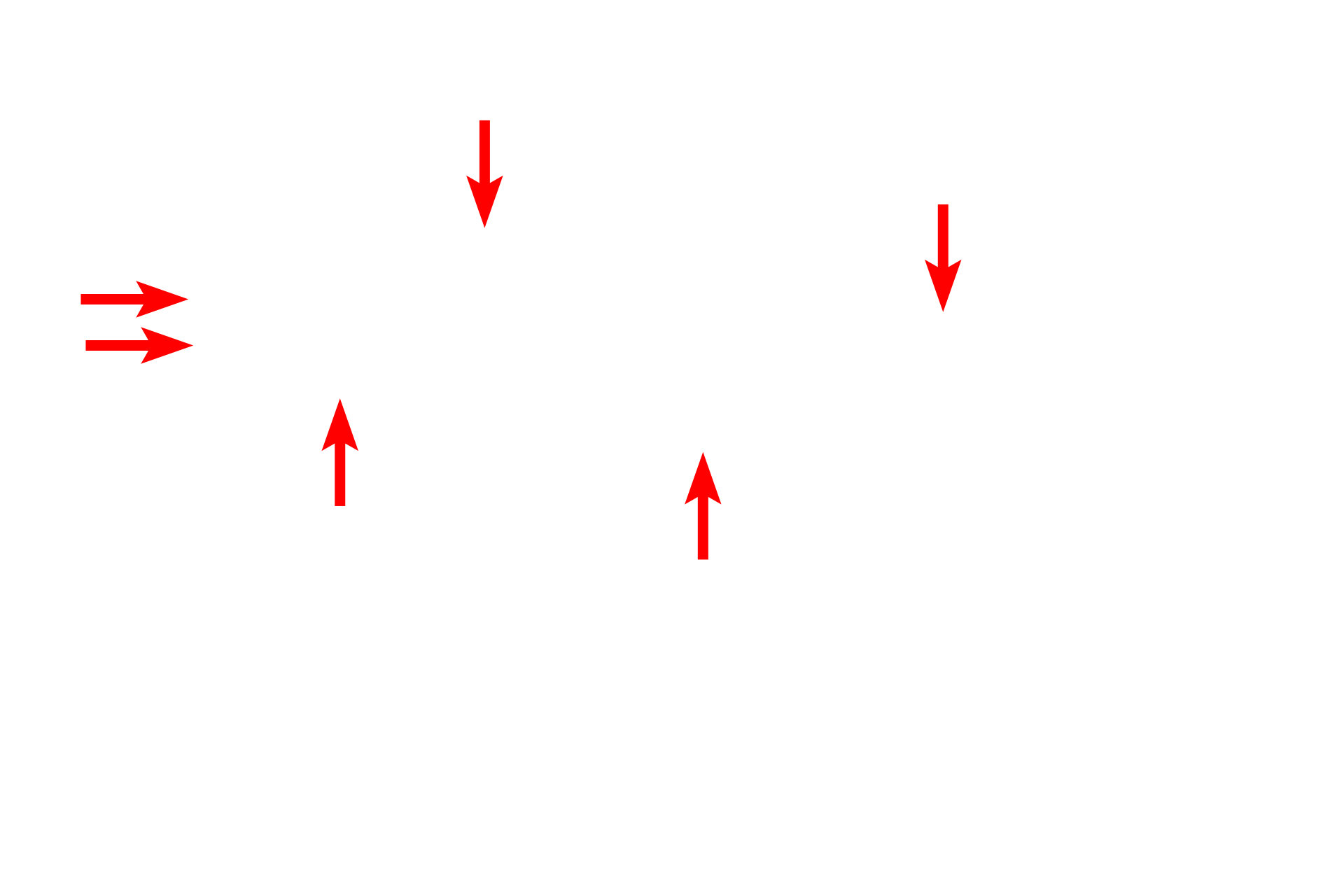
Membranes
A unique feature of the plasma membrane is the glycocalyx, a fuzzy, carbohydrate-rich layer only present on the external cell surface. This layer consists of carbohydrate chains attached to proteins and lipids, as well as secreted proteoglycans. The glycocalyx provides a microdomain for enzymatic digestion, cell recognition and adhesion. In this image, the glycocalyx is seen projecting from the tips of small cell processes called microvilli. 10,000x

Glycocalyx
A unique feature of the plasma membrane is the glycocalyx, a fuzzy, carbohydrate-rich layer only present on the external cell surface. This layer consists of carbohydrate chains attached to proteins and lipids, as well as secreted proteoglycans. The glycocalyx provides a microdomain for enzymatic digestion, cell recognition and adhesion. In this image, the glycocalyx is seen projecting from the tips of small cell processes called microvilli. 10,000x

Microvilli
A unique feature of the plasma membrane is the glycocalyx, a fuzzy, carbohydrate-rich layer only present on the external cell surface. This layer consists of carbohydrate chains attached to proteins and lipids, as well as secreted proteoglycans. The glycocalyx provides a microdomain for enzymatic digestion, cell recognition and adhesion. In this image, the glycocalyx is seen projecting from the tips of small cell processes called microvilli. 10,000x

Plasma membrane
A unique feature of the plasma membrane is the glycocalyx, a fuzzy, carbohydrate-rich layer only present on the external cell surface. This layer consists of carbohydrate chains attached to proteins and lipids, as well as secreted proteoglycans. The glycocalyx provides a microdomain for enzymatic digestion, cell recognition and adhesion. In this image, the glycocalyx is seen projecting from the tips of small cell processes called microvilli. 10,000x